It’s a sweltering afternoon in July at Saugstad Park in Roseville. Matt Ocko, environmental utilities compliance administrator with the Stormwater and Waste Services Division for the City of Roseville, walks to the cordoned-off section of the Dry Creek restoration project. A construction crew is busy shoring up a temporary dam and navigating earth-moving equipment that will reshape the topography and reinforce the creek’s boundaries to restore water quality and habitat for the endangered chinook salmon and steelhead trout that spawn here.
A temporary dam is constructed and a diversion pipe allows fish
to bypass the project site during construction. (Photo by Paul
Krug, courtesy of City of Roseville)
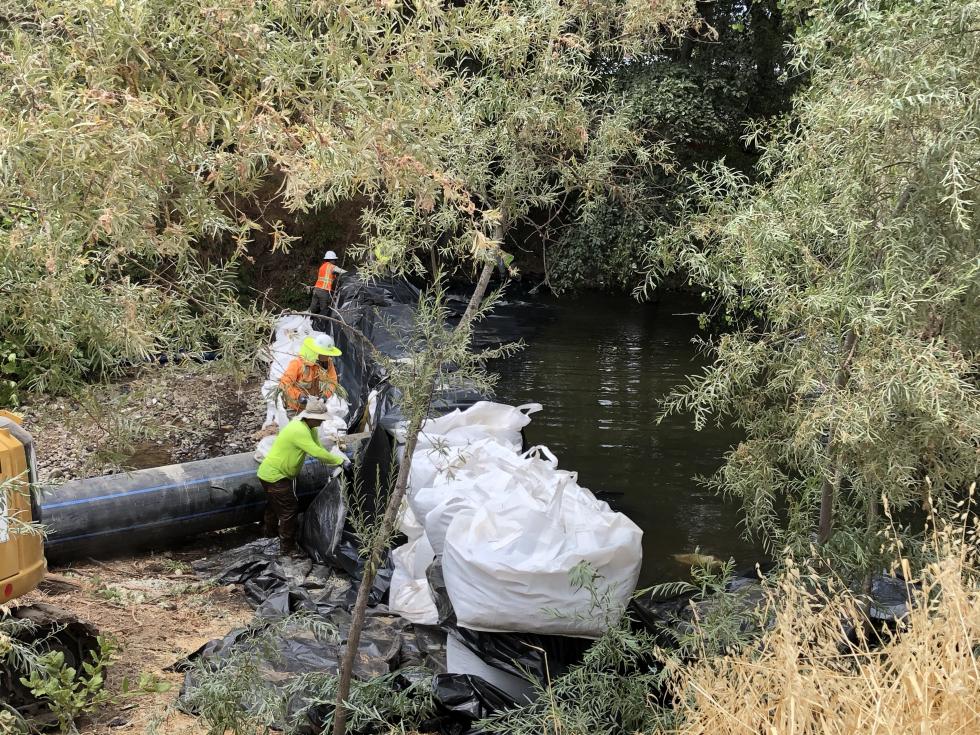
The 100-square-mile Dry Creek watershed extends through Roseville, Rocklin, Loomis, Granite Bay and portions of unincorporated Placer County, according to the California Office of Environmental Health Hazard Assessment. Southward, it flows into Steelhead Creek, which meets the Sacramento River near Discovery Park, then down through the Delta where the confluence of the Sacramento River and the San Joaquin River meet and flow into a series of bays that open into the Pacific Ocean.
Before California began building dams in the 1850s to accommodate urbanization, agriculture and hydropower, salmonids (the family that includes salmon and trout) migrated unimpeded. They’d journey from the Pacific Ocean, where they spend the majority of their adult life, back to the rivers, wetlands and creeks where they were born, as far north as the Sierra Nevada, to spawn and then die. But nearly 1,500 dams throughout the state have upended the landscape’s natural hydrology and watersheds, cutting off salmon from vast regions of natal spawning grounds and making their migration increasingly difficult as they navigate remaining waterways.
Dry Creek’s west bank eroded after years of excess water cut into
the bank, depositing soil and sediment into the creek bed. (Photo
by Jennifer Junghans)
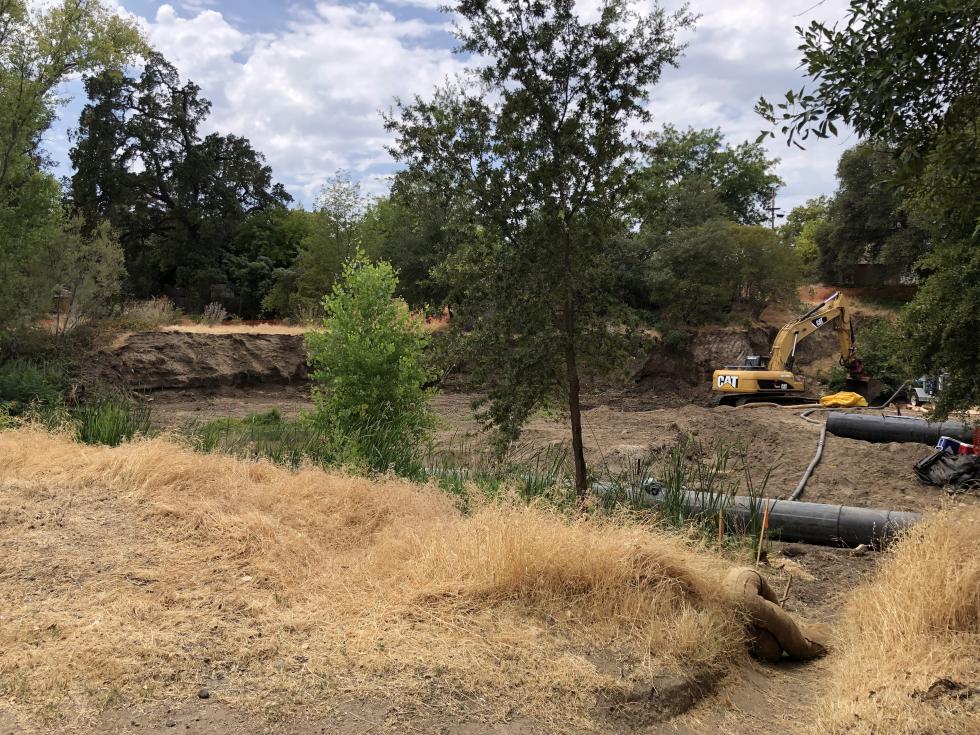
According to the National Oceanic and Atmospheric Association Fisheries, 28 species of salmon and trout along the coast of Northern California are listed under the Endangered Species Act, primarily the result of habitat loss due to “booming population and economic development.” But efforts are underway across Northern California at the federal, state and local levels to restore salmon habitat. Some efforts are removing infrastructure or building bypass channels to restore lost habitat. Others, like the City of Roseville’s Dry Creek restoration project, are focused on improving the quality of remaining salmon habitat that has declined due to pollution, drought, warming water temperatures, stormwater runoff and erosion.
Back at the project site, biologists scoop up straggler fish stranded in shallow pools and release them into the swollen creek behind the temporary dam. A large diversion pipe drains the dammed creek, allowing the fish to bypass the project site and depositing them a quarter-mile down Dry Creek. Years of excess water from urban runoff widened the creek’s natural channel, cutting into the west bank, leaving a 15- to 20-foot crumbling cliff that’s eroded over the years and deposited soil and sediment into the creek. This process destroyed habitat in the streambed and increased turbidity — cloudiness in the water — which directly reduces water quality. Salmon are particularly sensitive to water quality.
The engineered boulder barrier along the west bank of Dry Creek
helps restore the creek’s boundaries and reduce erosion and
sedimentation. (Photo by Paul Krug, courtesy of City of
Roseville)
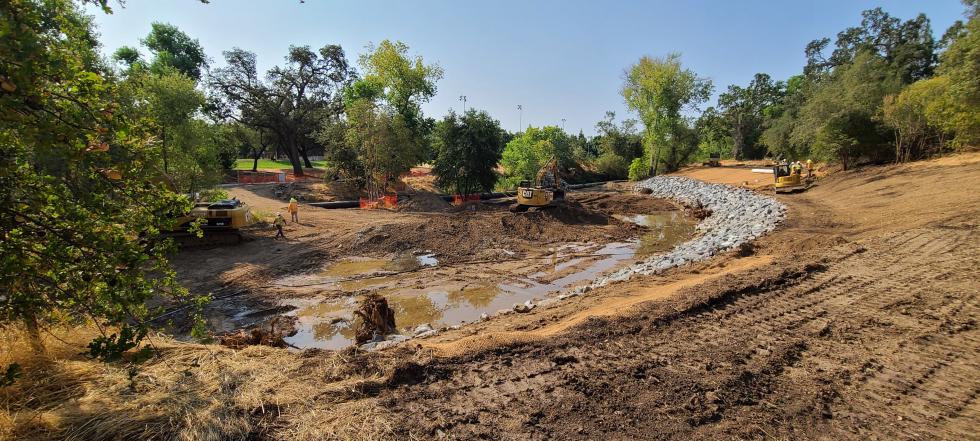
“Urban development really changes the way water flows,” says Ocko. “This creek has been eroding really severely over here and that has to do with excess water that the stream was never used to because of urban runoff over time.” The city now needs to make “more efforts to put it back to a more natural state,” he adds.
Ocko says over the last 20 years, city staff members had made various efforts to address and restore this section of Dry Creek, but funds could not be secured. Then in 2016, Ocko applied for a grant through California Natural Resources Agency’s California Urban Rivers Grant Program, which is funded through Proposition 1, the Water Quality, Supply, and Infrastructure Improvement Act of 2014. After negotiations on the scope of the restoration project, the City of Roseville was awarded approximately $1.8 million.
The temporary dam is lifted after restoration construction is
complete. (Photo by Paul Krug, courtesy of City of Roseville)
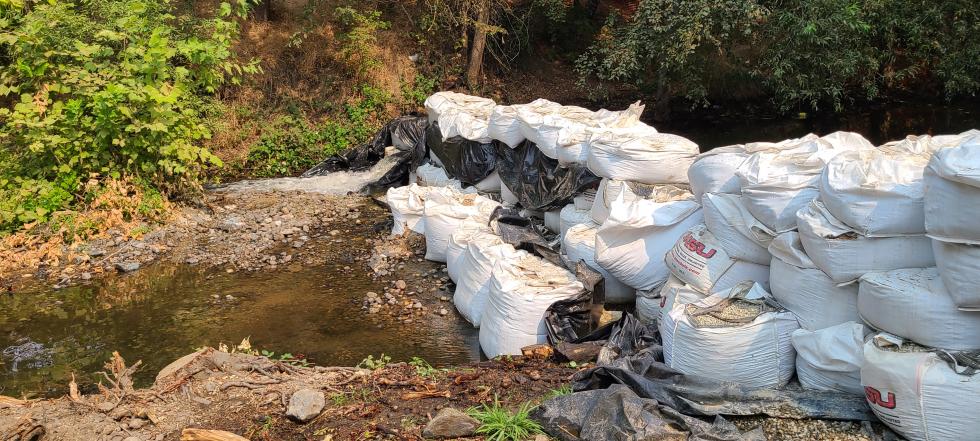
“Most of the funding … is either in the Bay or in Southern California,” says Ocko. “So it’s rare that we get something of this quality in the valley.”
Along the length of the west bank and a small section of the east bank, barriers of large boulders constructed in August reinforce the boundaries of the creek and soften its meandering channel. A secondary flood channel to the east will also be constructed to accommodate occasional high-water situations. Native wildflowers, bushes and trees, such as poppies, monkey flowers, Toyon, coyote bush, willows, cottonwoods, and live and blue oaks will be planted to restore the integrity of the banks as well as a diversity of habitats for all animals in the riparian ecosystem.
The root balls from strategically positioned uprooted trees form
eddies in the water, creating diverse habitat for fish and
aquatic insects. (Photo by Paul Krug, courtesy of City of
Roseville)
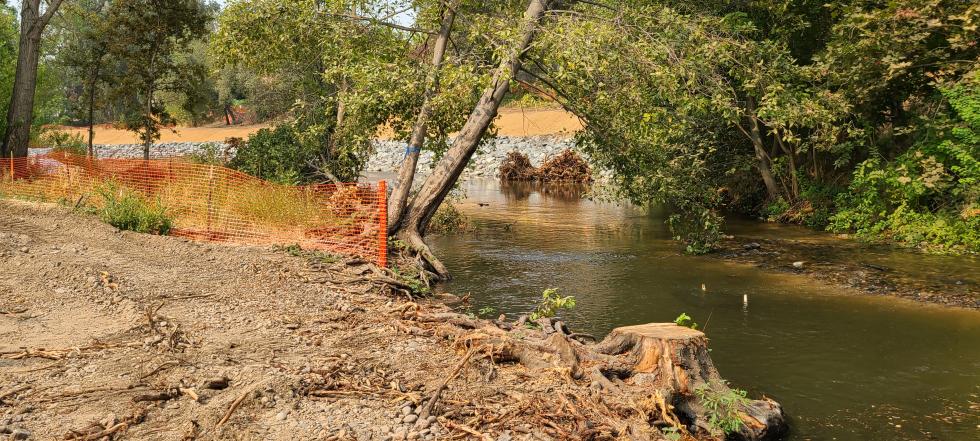
“We really didn’t have a lot of native trees that were able to establish here. They just kept getting eroded out … so by restoring the forest canopy, we’re going to shade down the creek, so it’s going to have a little micro habitat for everything that likes to call our local creeks home,” Ocko says. “I’m a big proponent of having diverse habitats so we can have diverse species. I’ve seen too many restoration plantings that are just all oak trees. That’s great, but we need to have some diversity, because in nature we don’t have monocultures. That’s not the form and function of nature.”
The project is also integrating vegetated bioswales — “nature’s way of improving our water quality,” Ocko says — which naturally filter and break down pollutants and reduce sedimentation in the creek. And uprooted trees have been strategically positioned into the banks along the creek bed. The trunks are buried in the bank, while the root balls extend into the creek, forming eddies in the water that create habitat for various fish and aquatic insects and provide shade.
Moments after the temporary dam is lifted, Dry Creek flows
through its newly constructed channel. (Photo by Paul Krug,
courtesy of City of Roseville)
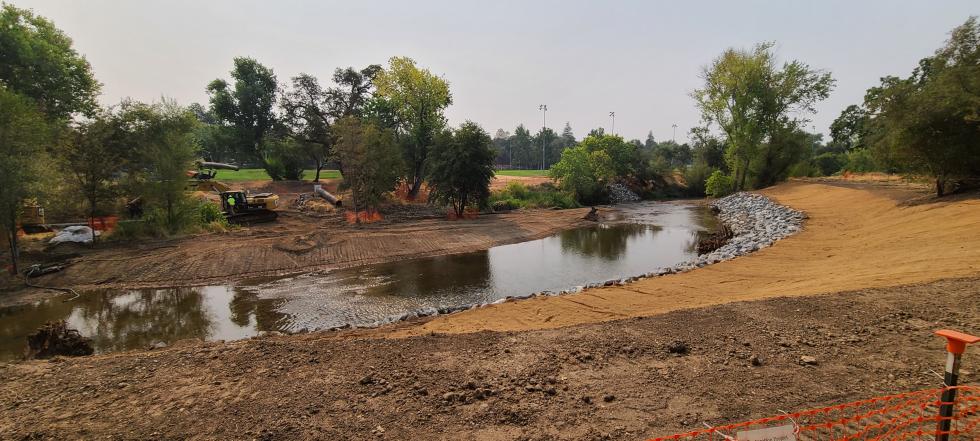
Referred to as the “crown jewel” by the city for its natural beauty and recreational opportunities, this segment of Dry Creek is a local hotspot. With good parking and easy access, Ocko says 5-10 people might be here at any given time to enjoy nature.
“Putting this in a more natural state for the local community to come and enjoy and view, and see what the city can do, I hope that gives them some sense of ownership in their community and a want, or a drive, to do better for the environment around them.”
–
Get The Eco Report and other web series delivered to your inbox: Subscribe to the Comstock’s newsletter today.
Recommended For You
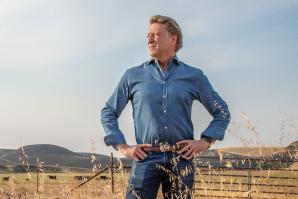
Protecting Open Land
California Rangeland Trust project places fiscal value on the environmental benefits of ranches
Ranchers and those in the conservation industry know there’s an inherent value to working lands, such as cattle ranches. But how do they monetize that value?
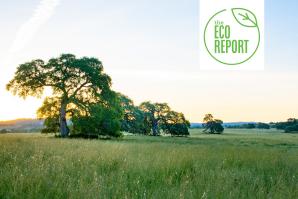
The Eco Report: Green to the End
Natural cemetery in Lincoln offers environmentally friendly end-of-life options
Imagine selecting your final resting place where bobcats roam,
wildflowers support bees and birds, and trails meander through
rolling grasslands, oak savannah and forested settings.
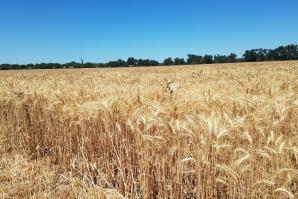
Flour Power
Long-term wheat research undertaken by UC Davis combats food insecurity
A 20-year study led by a UC Davis scientist and his
colleague at the University of Haifa in Israel was
recently recognized by the U.S.-Israel Binational Agricultural
Research and Development Fund.
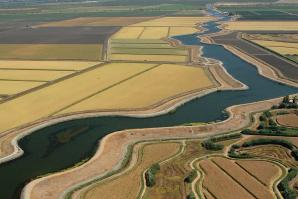
Delta Blues
The battle over water has been fought to a standstill, but there’s hope that science and technology will make voluntary agreements by all sides possible
For decades, the California water debate revolved around one metric: unimpeded flow, which is the amount of water in the river and streams. While flow is still without doubt the key issue, it is no longer the only one.



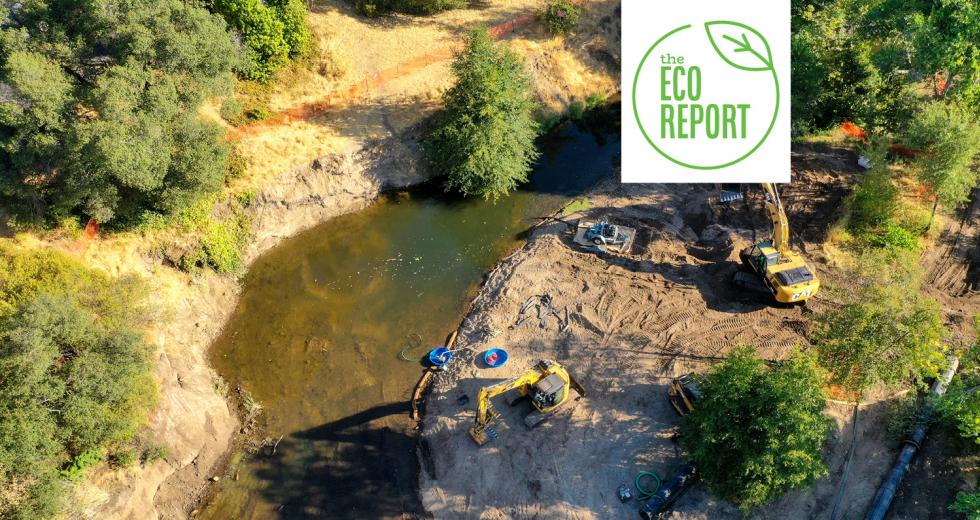
Comments
Wanted to email this article to myself.